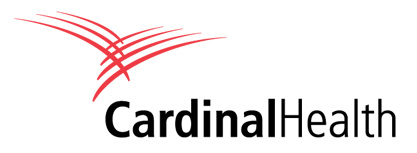- Home
- Courses
Wound Drain Systems in Perioperative Nursing
About this Course
Wound healing is the complex and dynamic process of restoring disrupted cellular structures and tissues. Wound closure and healing are essential for achieving optimal outcomes for all surgical patients. The primary goal of nursing care for the surgical patient is prevention of postoperative surgical site infections, because they are a major source of clinical complications and economic consequences today. Wound drains inserted at the time of surgery provide a route through which air and body fluids can be evacuated from the operative site to prevent their accumulation and risk for infection, thereby facilitating the process of wound healing. Perioperative personnel should be aware of the different types of wound drains and drainage systems available today in order to use them properly and promote positive patient outcomes.
This continuing education activity will provide a review of the basic principles of wound healing. Key wound assessment factors will be outlined. The various types of wound drains and drainage systems, including their use and applications, will be described. Standards of care and recommended practices for wound care, infection prevention, and wound drainage system maintenance will be discussed.
Learning Objectives
- Identify the basic principles of wound healing.
- Describe key clinical considerations related to wound assessment.
- Differentiate the various types of wound drains and their applications.
- Distinguish the three types of wound drainage systems.
- Recognize the importance of proper wound care for preventing infection.
- Discuss standards of care and recommended practices regarding wound care and wound drainage system maintenance.
Sponsored by


